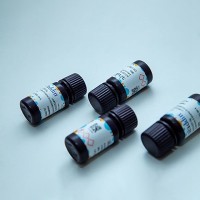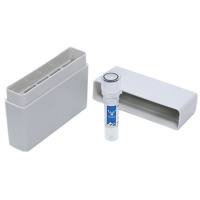Immunofluorescent Labeling of Proteins in Cultured Cells With Quantum Dot Secondary Antibody Conjugates
互联网
互联网
相关产品推荐

PE Antibody Labeling Kits(PE抗体标记试剂盒),阿拉丁
¥1699.90

Recombinant-Drosophila-melanogaster-CAAX-prenyl-protease-2SrasCAAX prenyl protease 2 EC= 3.4.22.- Alternative name(s): Farnesylated proteins-converting enzyme 2; FACE-2 Prenyl protein-specific endoprotease 2 Protein severas
¥11466

Rabbit Anti-Mouse IgG3 Secondary 兔多抗 (抗原亲和纯化)
¥1699

MKN45人低分化胃癌细胞|MKN45细胞(Human Poorly Differentiated Gastric Cancer Cells)
¥1500

GST|GST抗体|GST Monoclonal Antibody|单克隆抗体
¥600
相关问答

